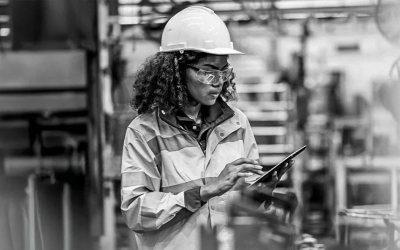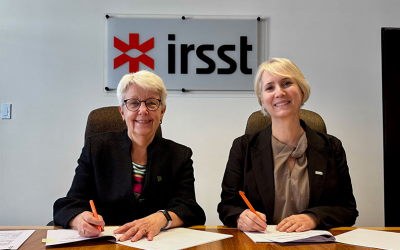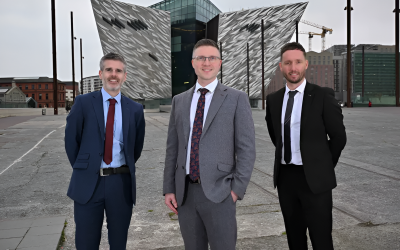The call to strengthen public safety is once again in sharp focus. The recent report urging cities to harden infrastructure against vehicle attacks after the Vancouver festival tragedy is a stark reminder that urban environments remain vulnerable to evolving threats. Such incidents expose weaknesses in design and preparedness that extend far beyond one event, demanding long-term attention and investment.
At the same time, a forward-looking trend is emerging. According to EY’s finding that most firms intend to increase their worker safety budgets over the next three years, businesses are beginning to recognise safety as an investment rather than a cost. This shift suggests a deeper cultural change in how organisations perceive their responsibility to employees, aligning financial decisions with a commitment to safeguarding human lives.
Collaboration is also shaping the health and safety landscape. The decision by the governors of Washington, Oregon and California to create a regional health alliance illustrates the value of collective action, where cooperation transcends borders to address challenges more effectively than isolated responses ever could.
These stories together point to one theme: resilience is not built in isolation. It requires foresight, investment, and a willingness to share responsibility across public institutions, private enterprise, and regional governments. The positive signal is clear. Safety is moving from the margins to the mainstream, becoming a strategic priority that is shaping how societies plan, protect, and prosper.













.png)
